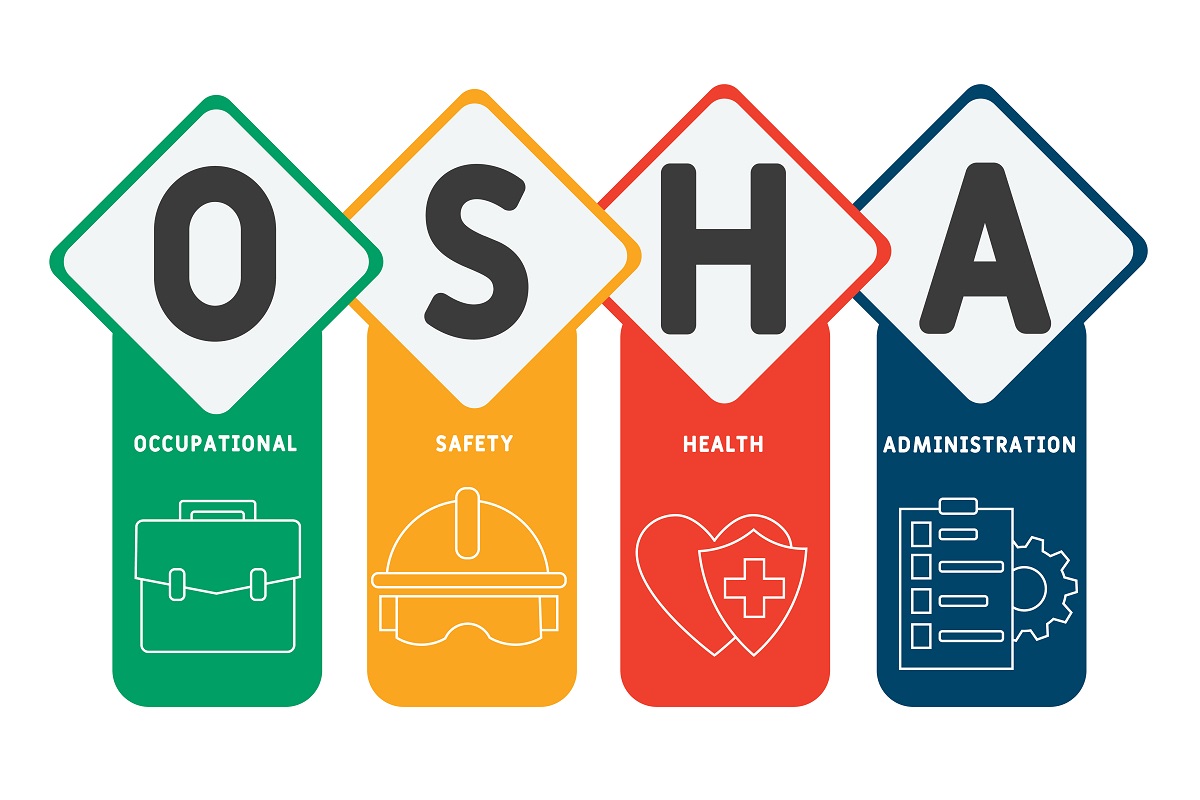
When it comes to workplace safety, OSHA (Occupational Safety and Health Administration) plays a critical role in ensuring the well-being of employees across various industries. OSHA is a government agency that sets and enforces standards to guarantee safe and healthy working conditions for workers nationwide. However, there’s more to OSHA than just regulations and inspections.
In this article, we’re going to explore 10 fun and fascinating facts about OSHA that you may not be aware of. From its history and accomplishments to some interesting tidbits, these facts will provide you with a deeper understanding of the agency’s impact and significance. So, buckle up and get ready to dive into the intriguing world of OSHA!
Key Takeaways:
- OSHA, or Occupational Safety and Health Administration, ensures safe working conditions and offers free consultations for small businesses to improve safety practices.
- OSHA collaborates with other agencies and has helped reduce workplace injuries, illnesses, and fatalities since its establishment in 1971.
OSHA stands for Occupational Safety and Health Administration.
OSHA is a federal agency in the United States that is responsible for ensuring safe and healthy working conditions for employees. It was established in 1971 as a result of the Occupational Safety and Health Act.
OSHA conducts regular workplace inspections to enforce safety regulations.
OSHA inspectors visit workplaces to assess compliance with safety standards and regulations. Employers who fail to meet these standards may face penalties and fines.
OSHA provides training and resources to employers and employees.
OSHA offers educational materials, training programs, and outreach initiatives to help employers and employees understand and implement safe practices in the workplace.
OSHA covers a wide range of industries and workplaces.
OSHA regulations apply to nearly all private sector employers and their workers, as well as some public sector employers. This includes industries such as construction, manufacturing, healthcare, and agriculture.
OSHA promotes whistleblower protection.
OSHA has provisions in place to protect employees who report safety violations or concerns. Whistleblowers are shielded from retaliation by their employers.
OSHA has the authority to issue citations and penalties.
If OSHA identifies violations of safety regulations during inspections, they have the power to issue citations and propose penalties against the employers. These penalties can range from fines to potential criminal charges in severe cases.
OSHA provides free on-site consultations for small businesses.
Small businesses can request a free consultation visit from OSHA to help them identify potential hazards and improve their safety practices.
OSHA has special programs for high-risk industries.
OSHA has established specific programs to address the unique safety challenges faced by high-risk industries, such as the construction industry and healthcare sector.
OSHA collaborates with other agencies and organizations.
To improve workplace safety, OSHA often collaborates with other government agencies, trade associations, and professional organizations to develop and promote safety standards and best practices.
OSHA has helped reduce workplace injuries and illnesses.
Since its establishment, OSHA has played a significant role in improving workplace safety. Over the years, the agency’s efforts have contributed to a decline in workplace injuries, illnesses, and fatalities.
Conclusion
In conclusion, OSHA is an important agency that plays a crucial role in ensuring the safety and health of workers across various industries. It has a rich history, with many interesting facts that shed light on its significance. From its formation as a response to growing concerns about workplace safety to its role in setting and enforcing regulations, OSHA continues to make a positive impact on the lives of millions of workers.Remember that OSHA standards and regulations are intended to protect workers and ensure their well-being. Employers and employees must collaborate to maintain safe working conditions and adhere to OSHA guidelines.By understanding these 10 fun facts about OSHA, you can gain a deeper appreciation for the agency’s mission and the importance of workplace safety. With ongoing efforts and awareness, we can continue to promote a safer work environment for everyone.
FAQs
1. What does OSHA stand for?
OSHA stands for the Occupational Safety and Health Administration.
2. When was OSHA established?
OSHA was established on April 28, 1971.
3. What is the purpose of OSHA?
The purpose of OSHA is to ensure safe and healthy working conditions for employees by setting and enforcing workplace standards.
4. What industries does OSHA cover?
OSHA covers a wide range of industries, including construction, manufacturing, healthcare, agriculture, and more.
5. Can OSHA shut down a workplace?
Yes, OSHA has the authority to shut down a workplace if it poses an imminent danger to the employees’ health or safety.
6. What are some common OSHA violations?
Common OSHA violations include failure to provide personal protective equipment (PPE), lack of machine guarding, inadequate training, and failure to maintain proper record-keeping.
7. How can a company comply with OSHA regulations?
A company can comply with OSHA regulations by implementing safety programs, conducting regular inspections, providing training, and maintaining accurate record-keeping.
8. What are the penalties for OSHA violations?
Penalties for OSHA violations can vary depending on the severity and history of the violation. They can range from fines to criminal charges in severe cases.
9. Can employees file complaints with OSHA?
Yes, employees have the right to file complaints with OSHA if they believe their workplace is unsafe or if they have been retaliated against for raising safety concerns.
10. How can I report an OSHA violation?
You can report an OSHA violation by contacting your nearest OSHA office or filing a complaint online through the official OSHA website.
Was this page helpful?
Our commitment to delivering trustworthy and engaging content is at the heart of what we do. Each fact on our site is contributed by real users like you, bringing a wealth of diverse insights and information. To ensure the highest standards of accuracy and reliability, our dedicated editors meticulously review each submission. This process guarantees that the facts we share are not only fascinating but also credible. Trust in our commitment to quality and authenticity as you explore and learn with us.
